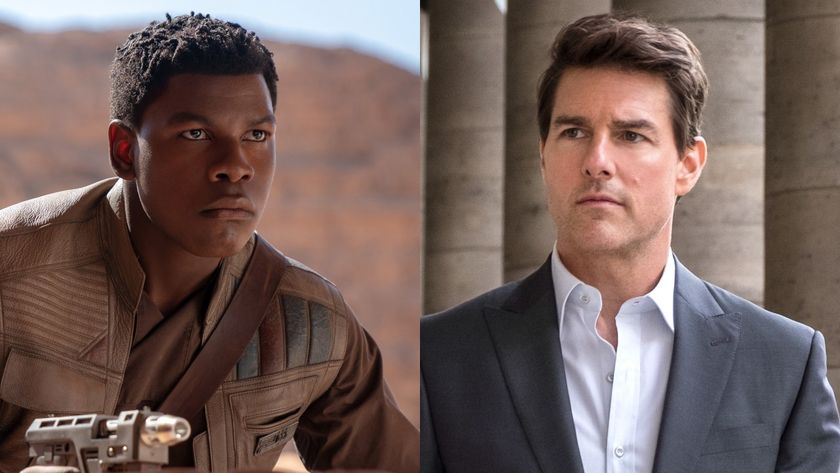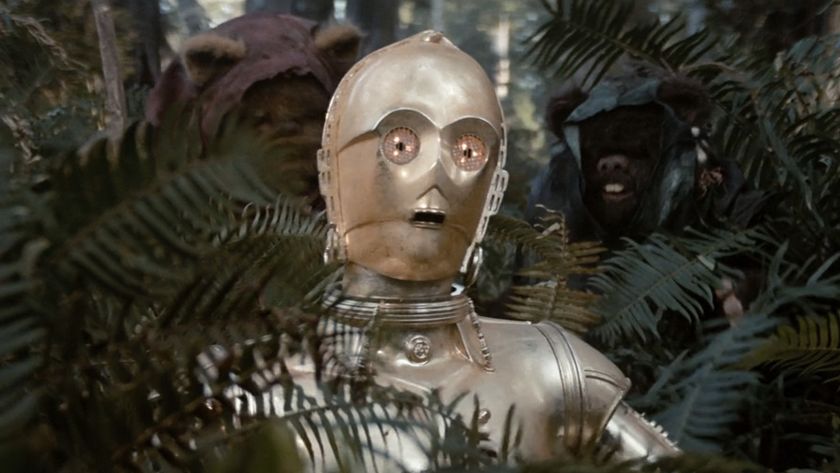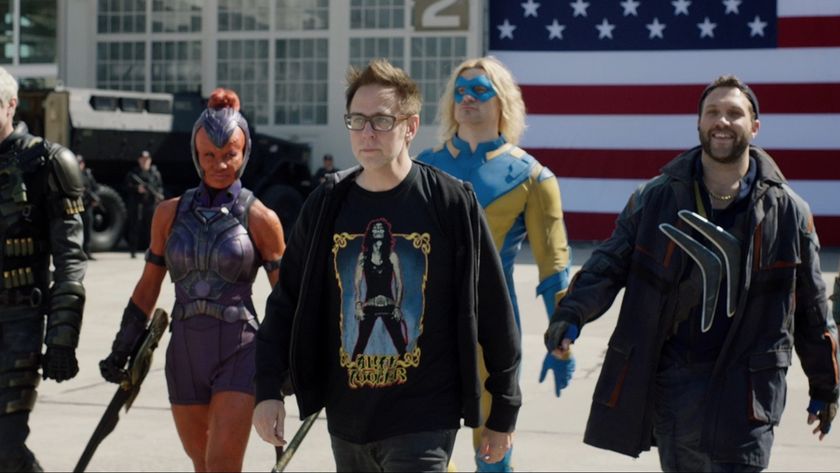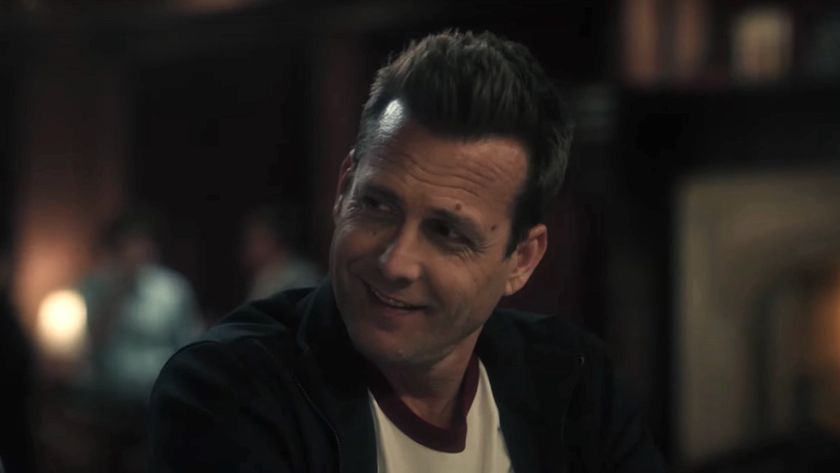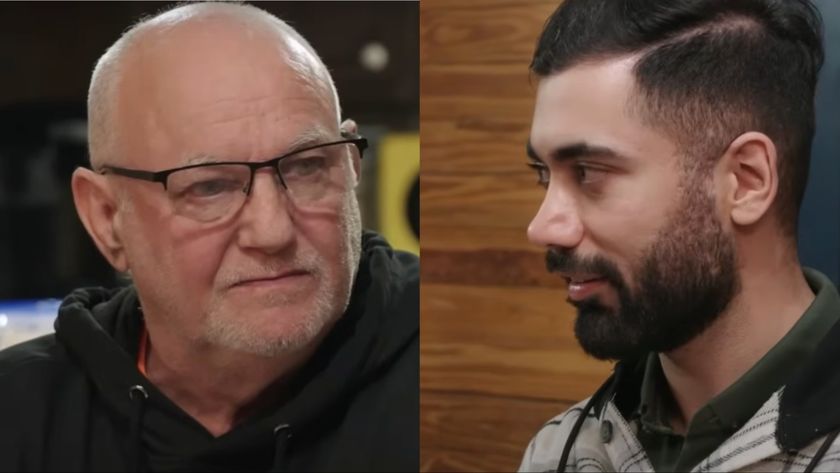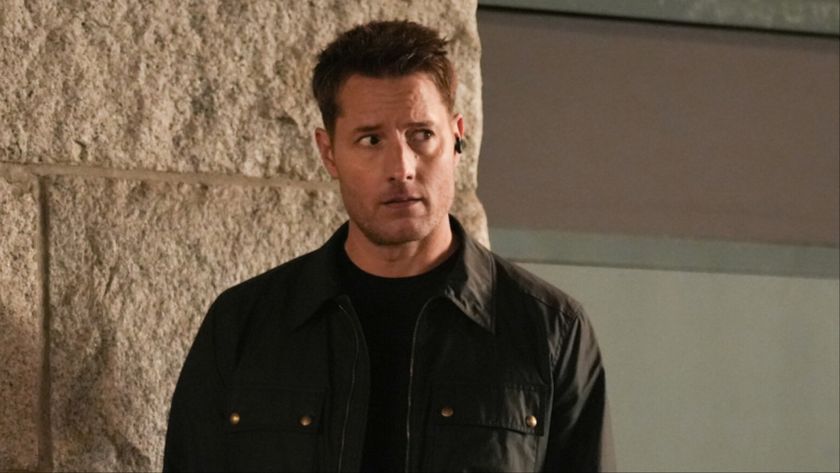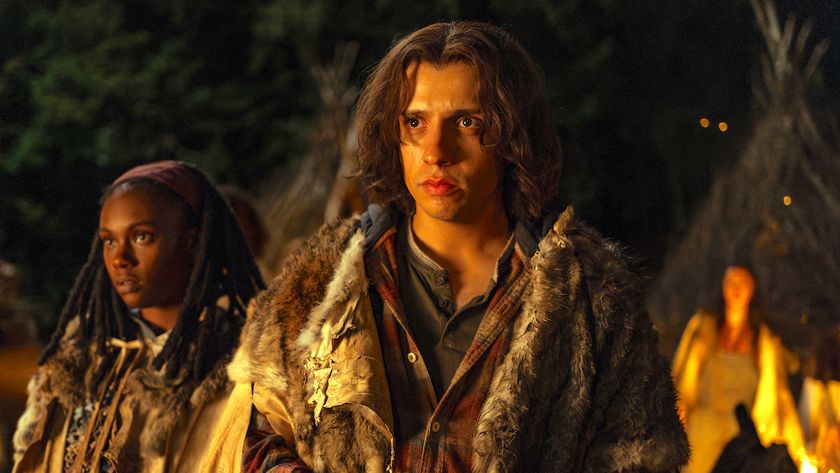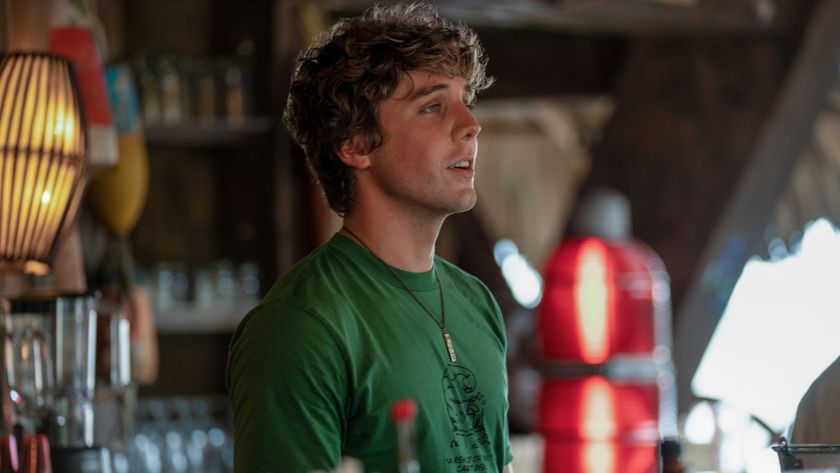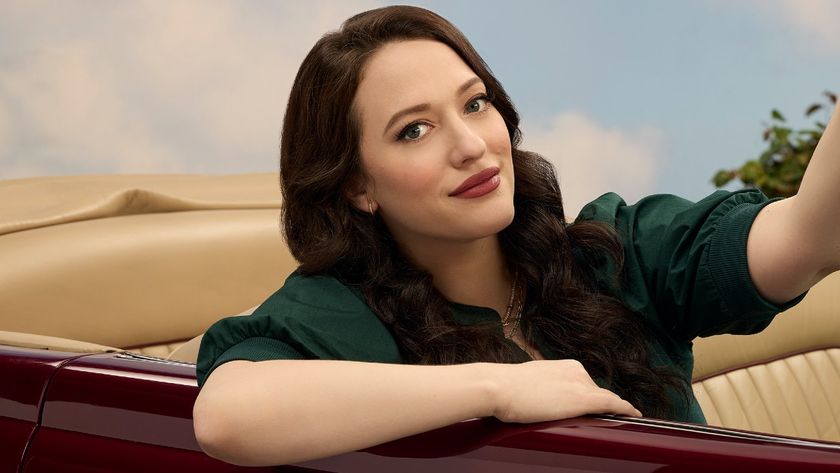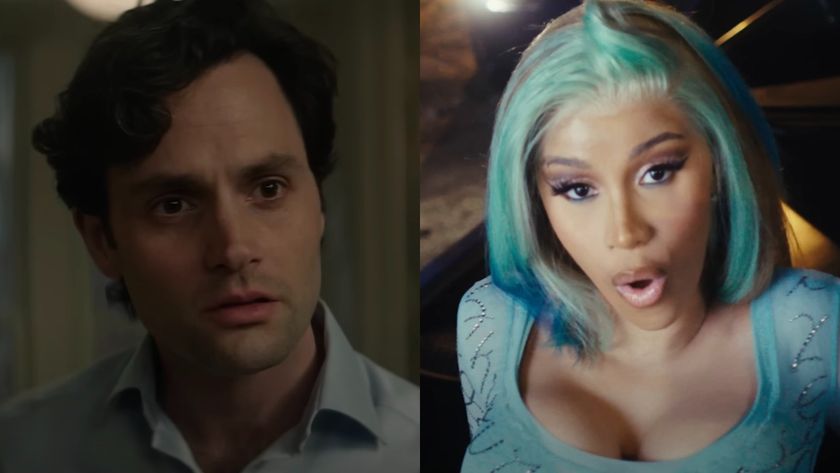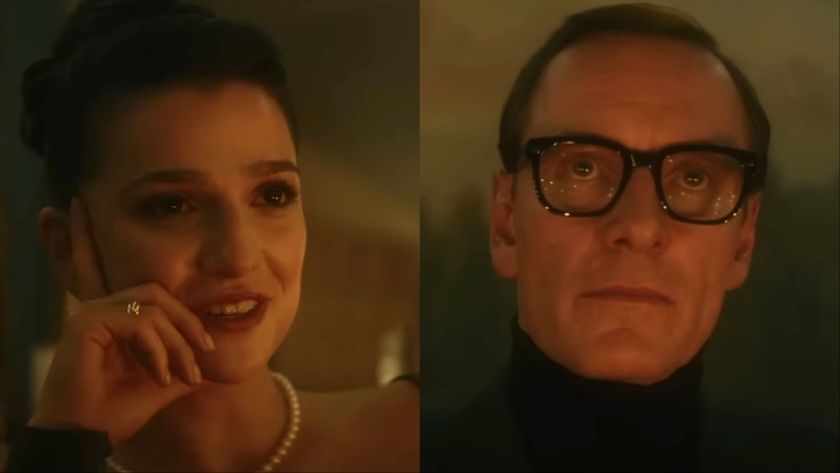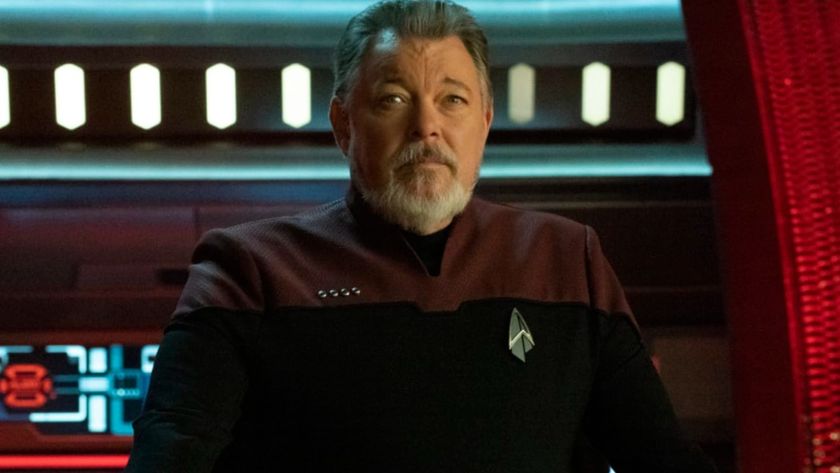Wait, How Did They Want To Create Yoda For The Empire Strikes Back?
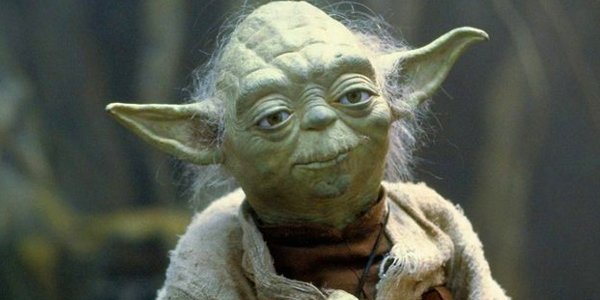
The Star Wars visionaries behind the sagely swamp-dwelling Jedi Master, Yoda always had ambitions to be memorably eccentric with his design. However, an interesting tidbit has surfaced indicating that the original on-screen puppet we know and love was actually set to be played by a live primate!
According to StarWars.com, it seems that the iconic Yoda puppet performed and voiced by Frank Oz was not how the diminutive 900 year-old Force-wielding mentor was meant to be portrayed. Instead, a trained monkey in a costume was the originally intended method of bringing the wise and powerful Yoda to life. Apparently, the costumed monkey was to be trained to walk around the Dagobah set with Yoda’s signature cane.
Thankfully, the hare-brained nature of that proposal was pointed out by members of the crew who worked on 1968’s 2001: A Space Odyssey; specifically the famous "dawn of man" scene. (Embedded below.) According to them, apes on movie sets are more trouble than they're worth. While exactly what went wrong with the 2001 scene was not explained, it is known to be mostly comprised of costumed actors giving their best efforts hunching and hopping to act primate-like. However, some baby chimps were apparently used during the scenes. Thus, the crew, recalling a frustrating shooting experience, helped put the kibosh on costumed monkey idea. Of course, memories of the equally frustrating experience during the Star Wars shoot of putting fur suits on elephants to make banthas might have also caused some fateful second-guessing.
Even without the 20/20 vision of hindsight, one must still wonder how an idea that today would be met with derision from animal rights groups, would have been perceived as possible. Well, it’s important to remember that coming off the epoch-altering first Star Wars film in 1977, armed with a significantly buffed budget, the creative ambitions for 1980’s The Empire Strikes Back were stratospheric and Yoda was a key component to the film. Thus, some wacky, potentially-pharmaceutically-inspired ideas were welcome in the developmental stages. It was always clear that Yoda had to be something mind-blowing, meant to shatter perceptions.
Initial designs by Ralph McQuarrie already displayed him as a short-statured, green reptilian humanoid with an elf hat akin to something from a medieval fantasy. Yet, as the designs made him older and more wrinkled, it was obvious that the character would require a more heartfelt, gestural performance to go along with the unmistakably infectious voice performance of Frank Oz. Industrial Light & Magic tasked artist, Stuart Freeborn, armed with some inspiration from what Jim Henson’s company was putting out at the time, to provide the designs for the on-set puppet that became such an indelible part of global pop-culture.
However, Yoda puppets would not be long for the world of film. The version of the Yoda puppet appearing in 1999's The Phantom Menace was harshly criticized and was replaced with a more practical CGI version through the rest of the prequel films. Consequently, TPM Yoda was also eventually swapped with a more textured CGI replacement for the 2011 DVD/Blu-ray re-releases. However, Lucasfilm might have effectively mitigated that initial backlash with the "it could have been a costumed monkey" narrative.
CINEMABLEND NEWSLETTER
Your Daily Blend of Entertainment News
